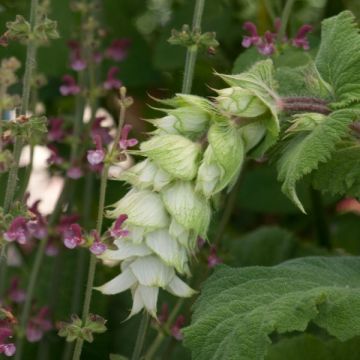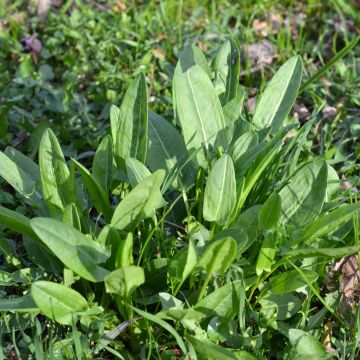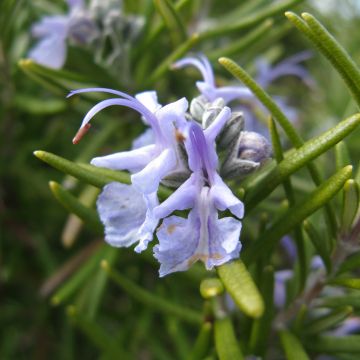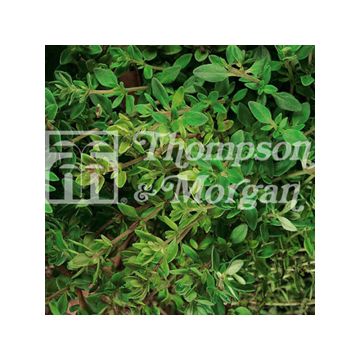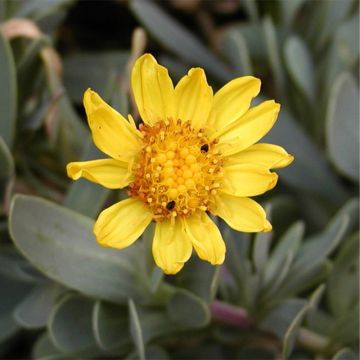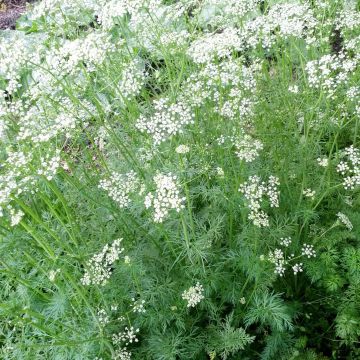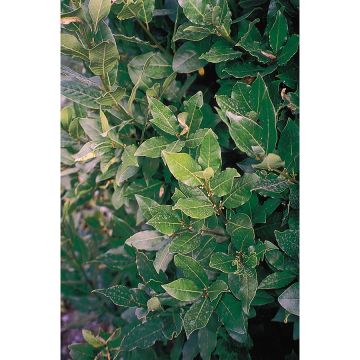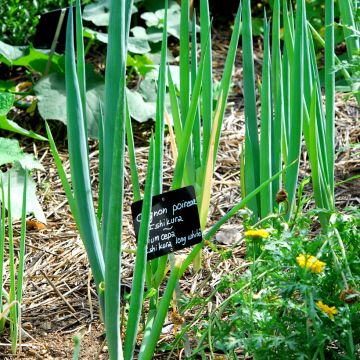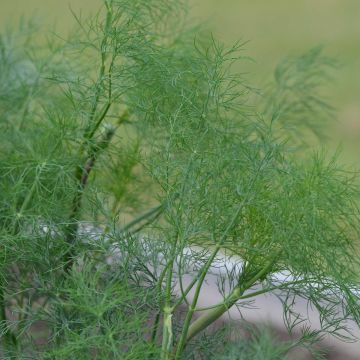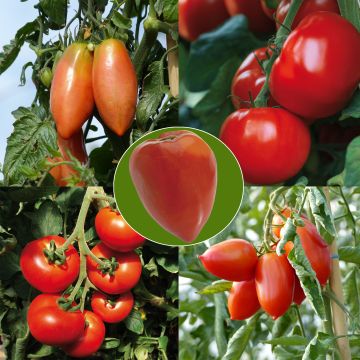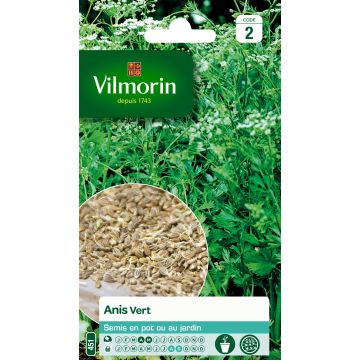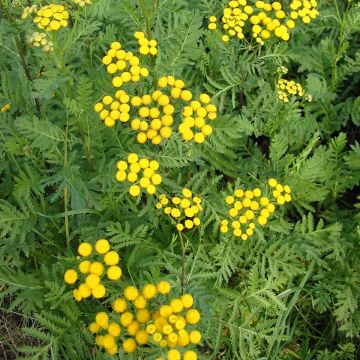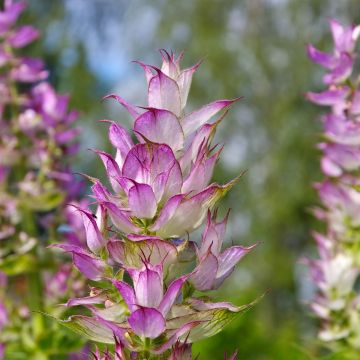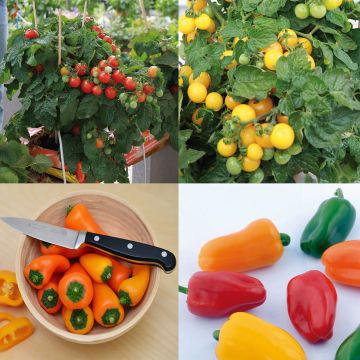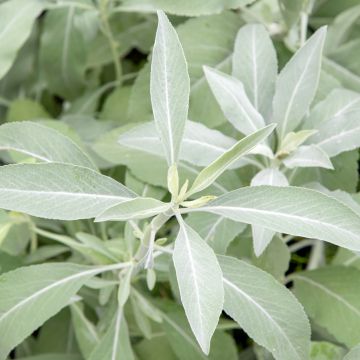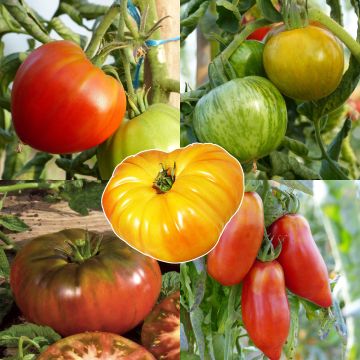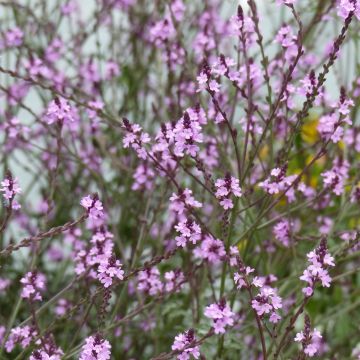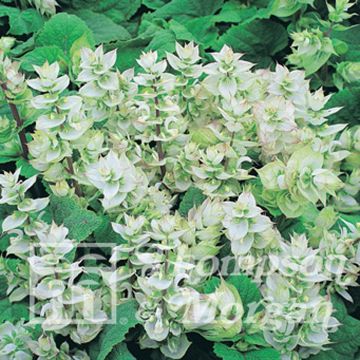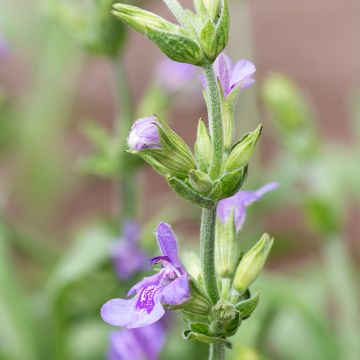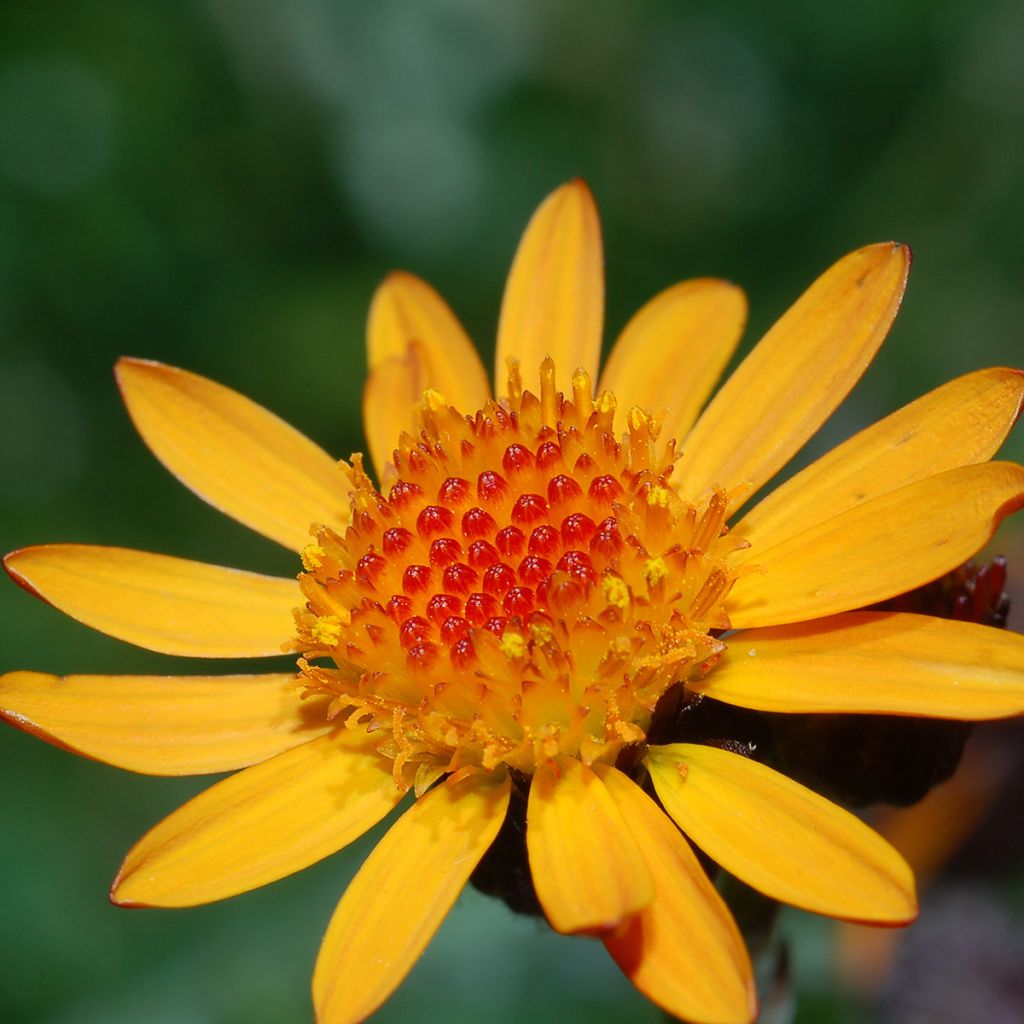

Arnica montana
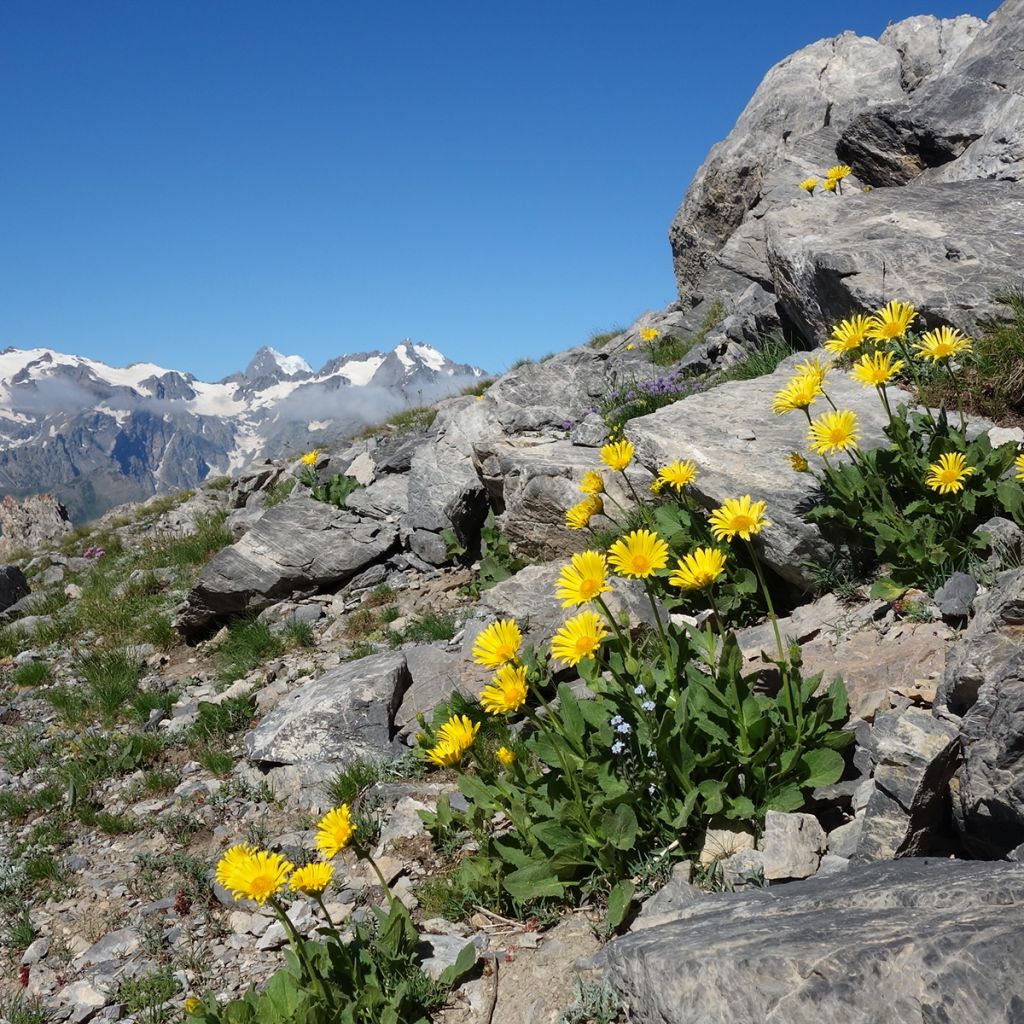

Arnica montana
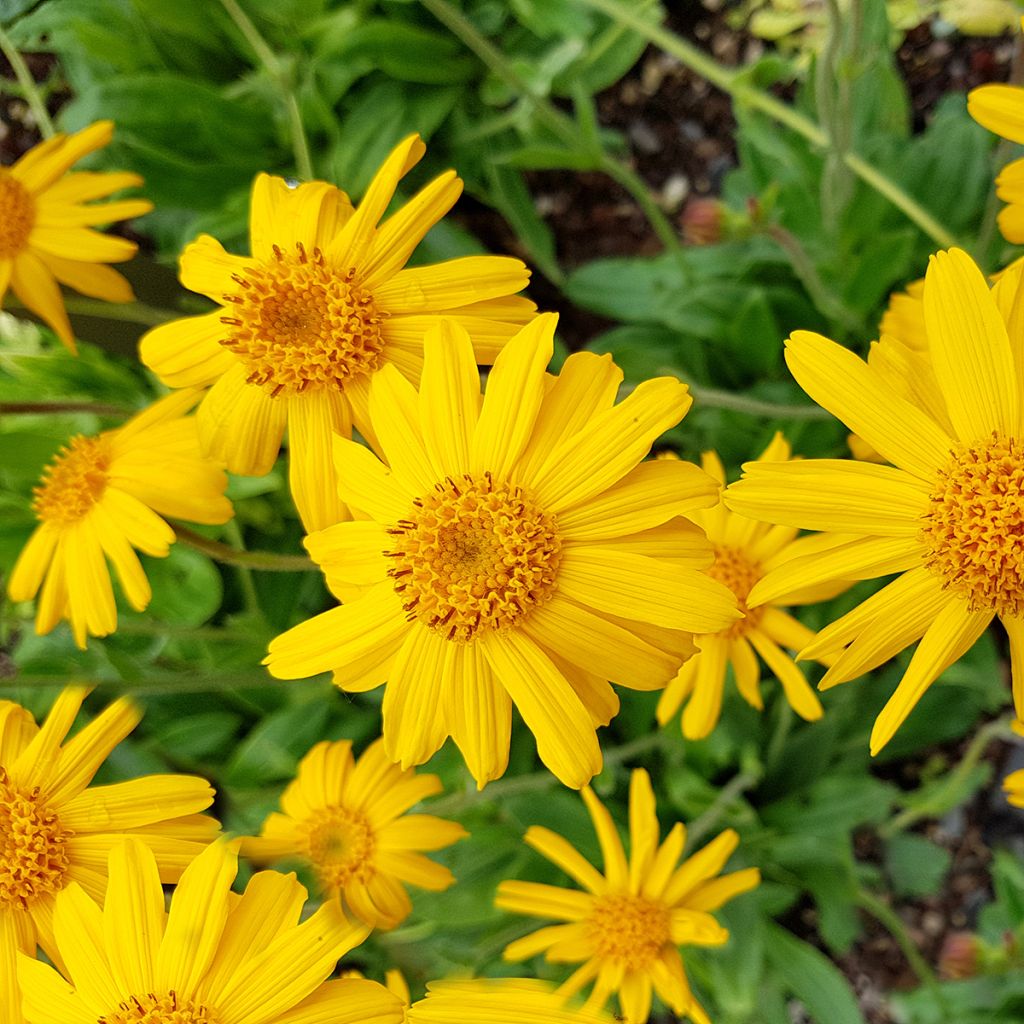

Arnica montana
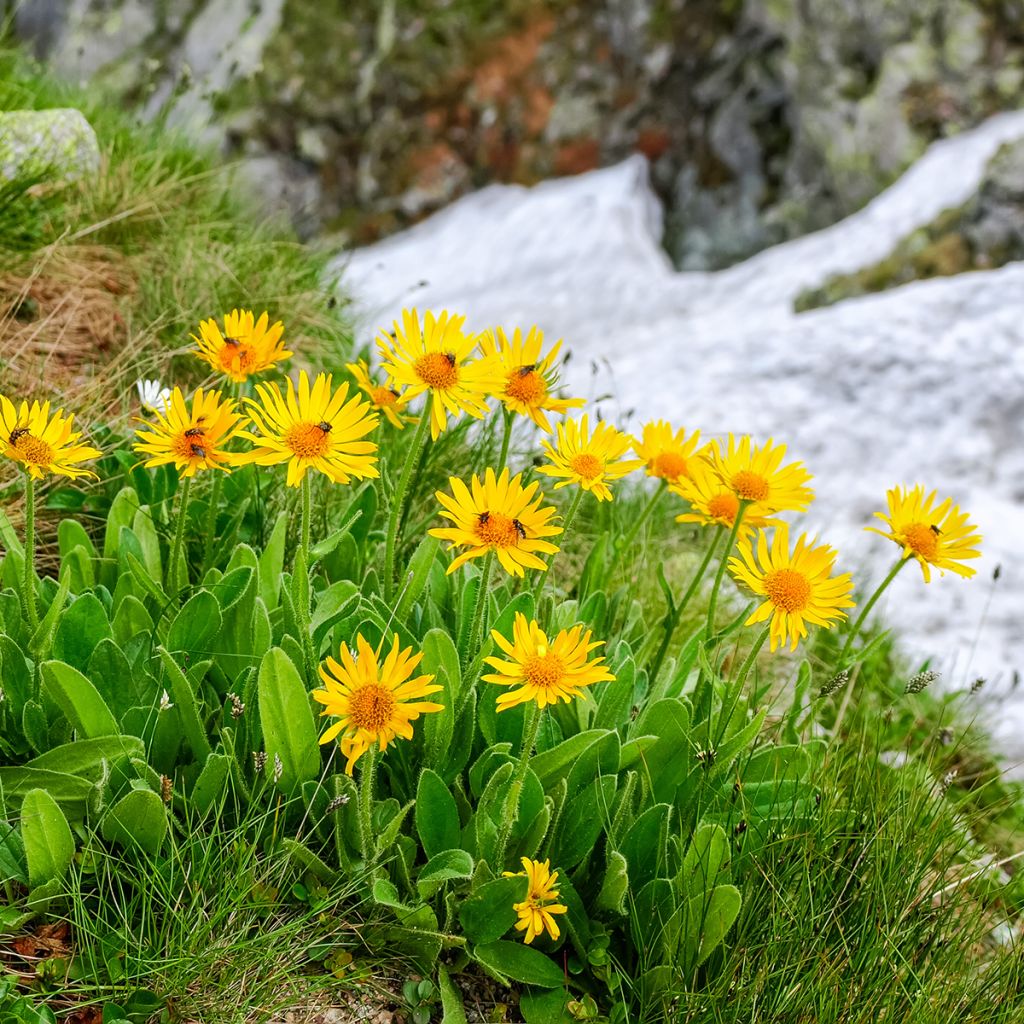

Arnica montana
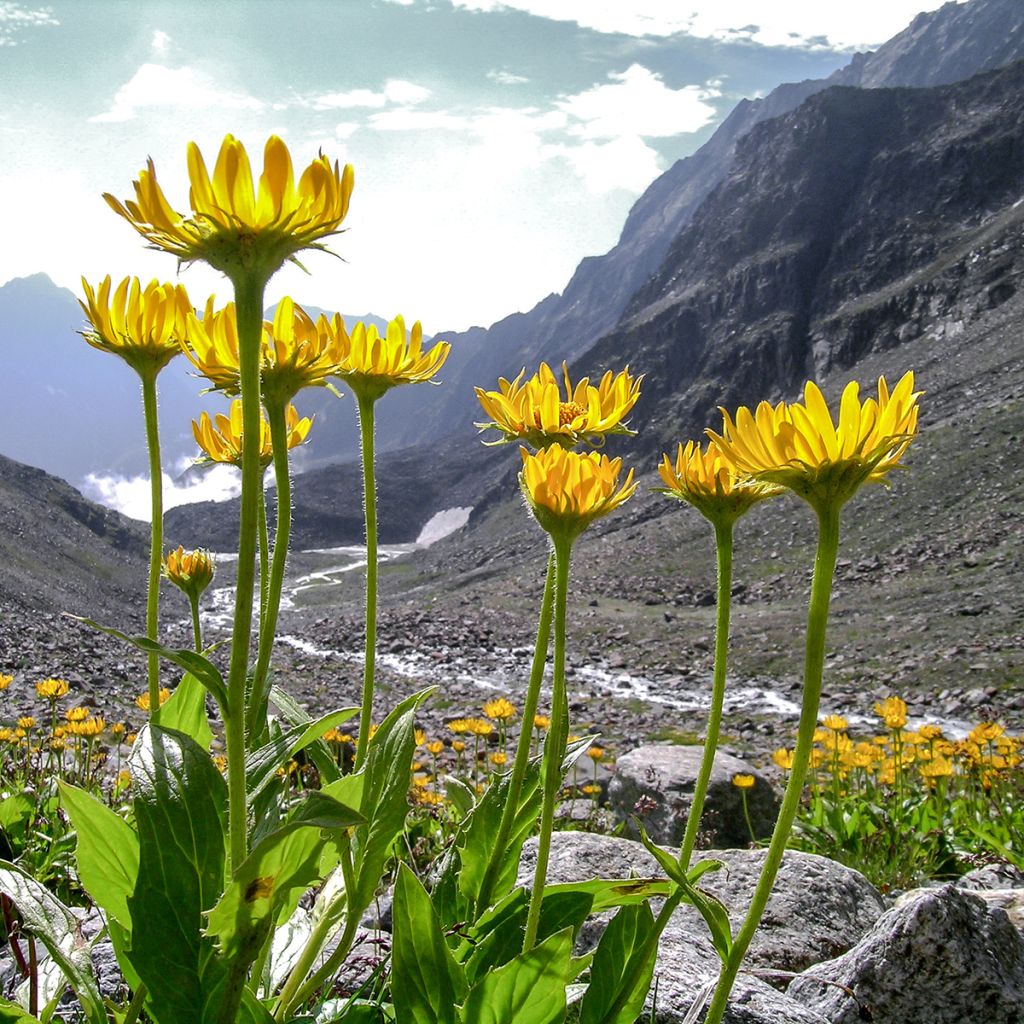

Arnica montana
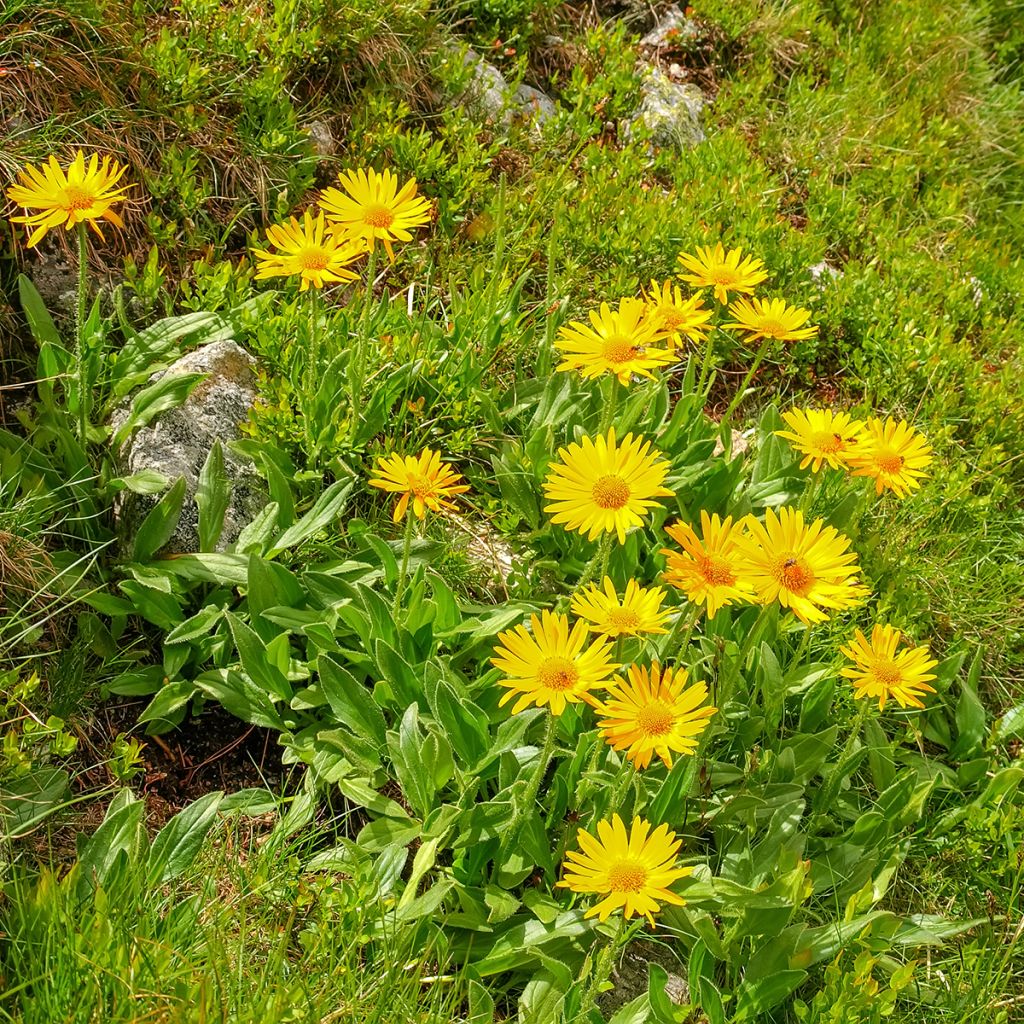

Arnica montana
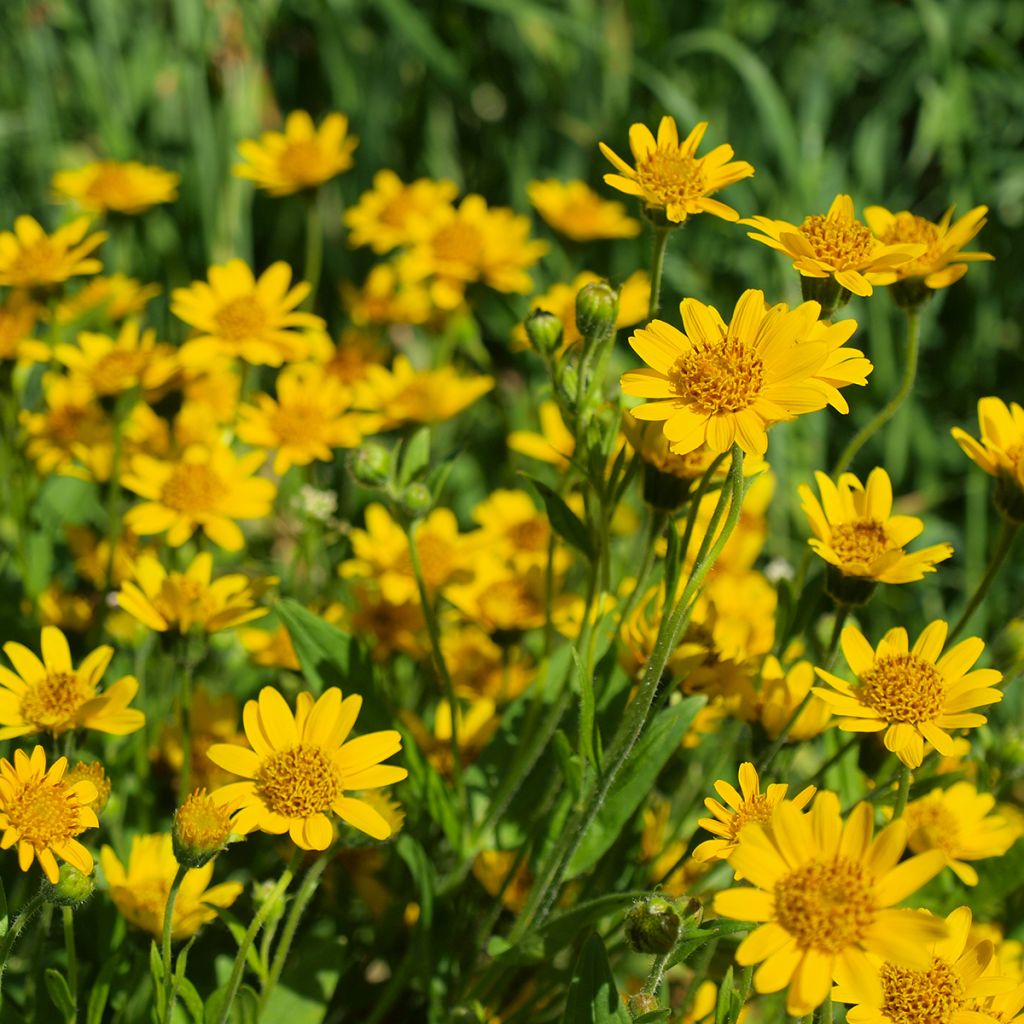

Arnica montana
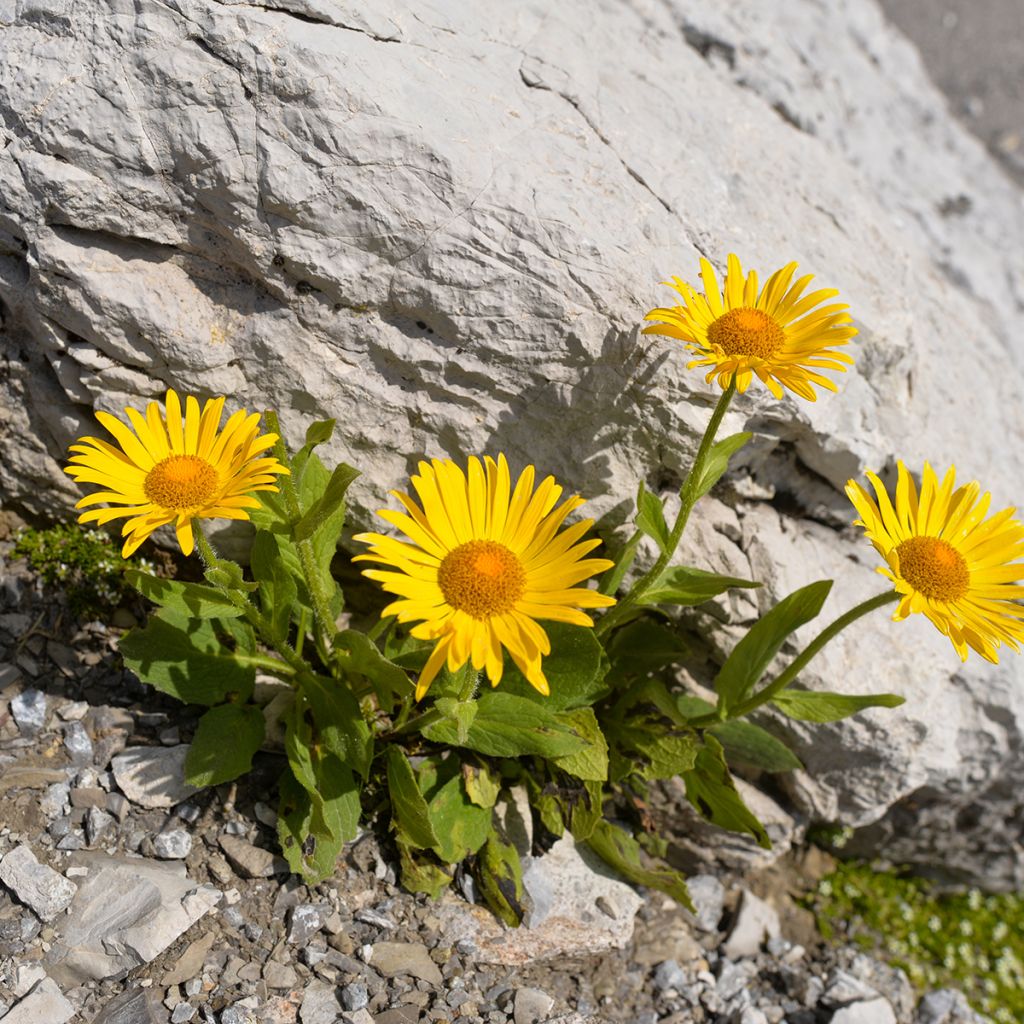

Arnica montana
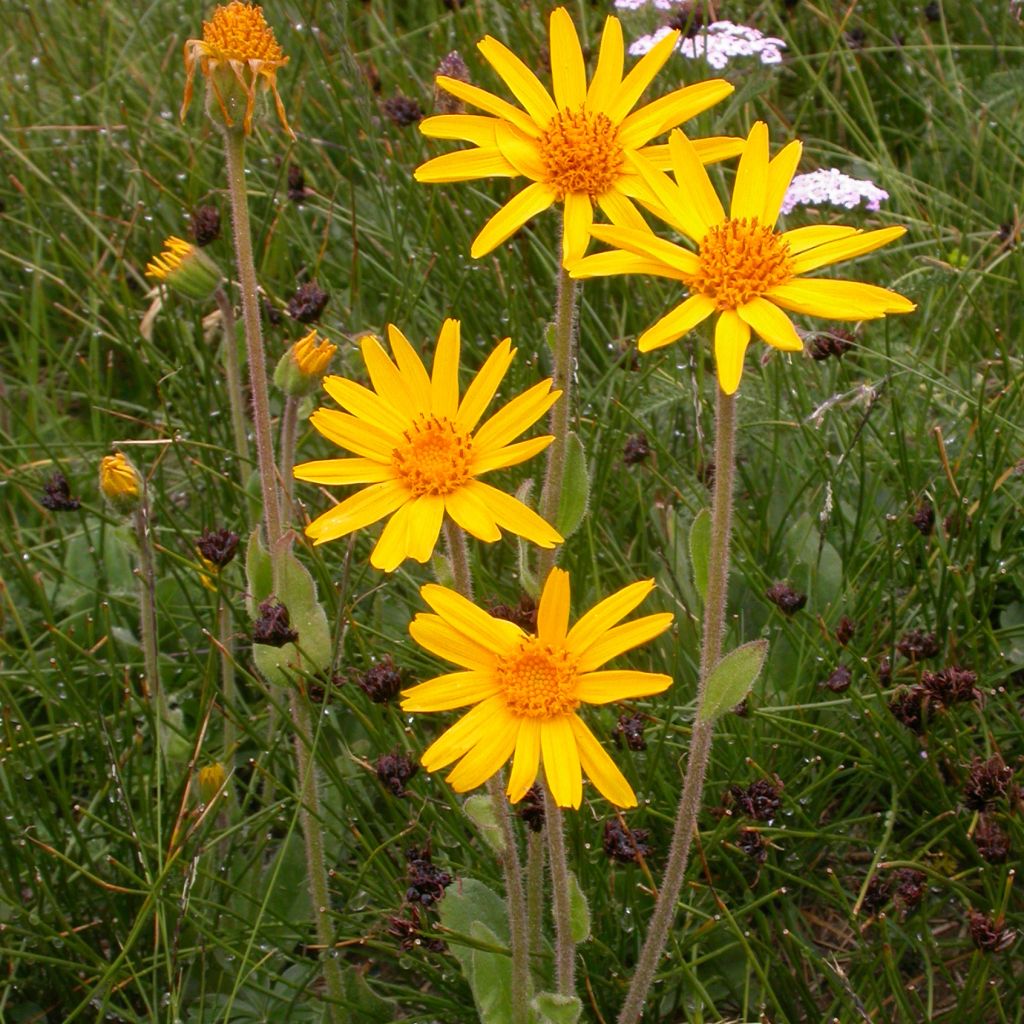

Arnica montana
Arnica montana
Arnica montana
Mountain Arnica, Leopard's Bane, Wolf's Bane
This item cannot be shipped to the selected country
Delivery charge from €5.90
More information
Schedule delivery date,
and select date in basket
This plant carries a 6 months recovery warranty
More information
We guarantee the quality of our plants for a full growing cycle, and will replace at our expense any plant that fails to recover under normal climatic and planting conditions.
From €5.90 for pickup delivery and €6.90 for home delivery
Express home delivery from €8.90.
Description
Arnica Montana, also known as Alpine Plantain, Mountain Arnica, and Savoy Tobacco, is a large perennial medicinal plant, well-known for its healing and soothing properties. During the summer, yellow flowers appear, sometimes tinged with orange—plant arnica in spring, around May-June.
Arnica is native to mountainous areas of Europe and southern Russia. It is a honey-bearing plant belonging to the Asteraceae family. In Europe, arnica generally grows at high altitudes. Alpine Plantains can be found in the wild, but it is essential to be aware that collecting it may be regulated. Arnica forms an upright plant, reaching about 50 cm (20in) in height and 30 cm (12in) in width. This perennial herbaceous plant has deciduous foliage composed of lanceolate leaves grouped in a basal rosette. Its flowering occurs from May to August, depending on the region, in the form of heads measuring 6 to 8 cm (2 to 3in), yellow and sometimes tinged with orange. It is hardy, at least down to -15°C (5°F).
Arnica is a medicinal plant used since antiquity and known for its healing and soothing properties, which earned it the nickname "Herb of Falls". It can be used externally as a tincture to treat bruises, insect bites, and other ailments. However, it should not be taken internally as it can be toxic. Arnica is a plant commonly used in homoeopathy.
In the garden, Arnica montana is also cultivated for its ornamental value. Although it is very hardy, its requirements for soil type make its cultivation quite delicate. It thrives in light, acidic soils without limestone and with good drainage. It prefers a sunny or partially shaded exposure in sheltered areas. You can plant it alongside other medicinal plants like Chamomile or Calendula, with aromatic plants, and even within your sunny rockeries, as its flowering is quite ornamental.
Tip: Arnica can be propagated by division once established in your garden. Divide a healthy, well-developed plant with a sharp knife and replant the removed plants.
Report an error about the product description
Arnica montana in pictures
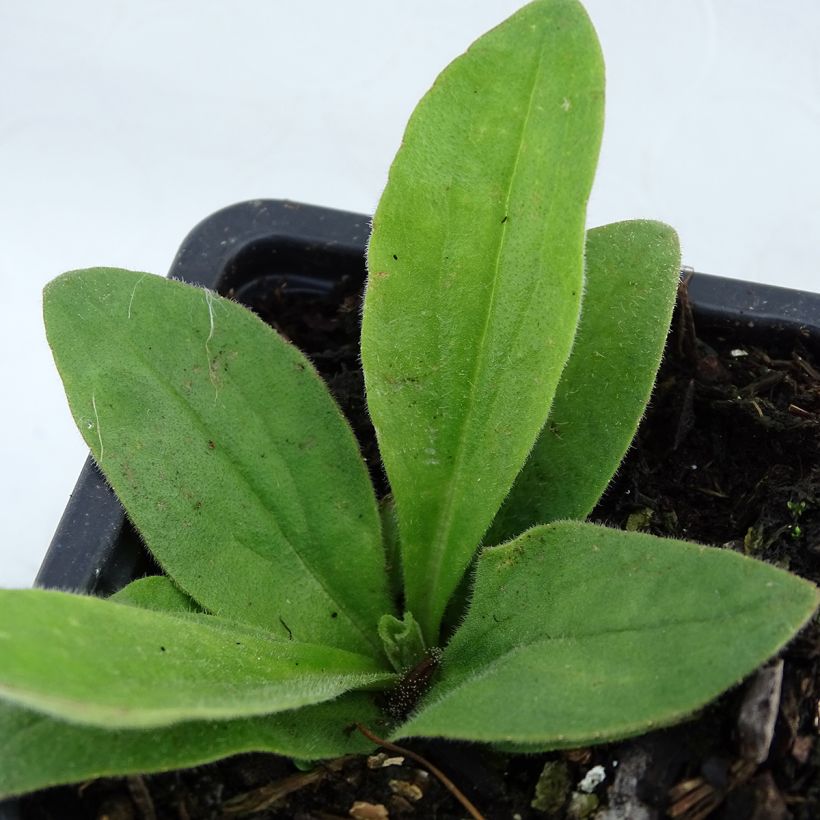



Harvest
Plant habit
Foliage
Other Herbs A to Z
Planting and care
Arnica Montana is a plant species commonly grown in gardens due to its ornamental and medicinal value. Although the plant is quite resistant, it requires delicate cultivation due to its soil requirements. Arnica Montana grows well in light, slightly acidic soils that are free of limestone and are well-drained. It thrives best in areas with sunny or semi-shady exposure that are sheltered. The best time to plant Arnica Montana is in spring, preferably around May or June. To plant, dig a hole three times larger than the volume of the root ball. Then, place the root ball and cover it with soil. Firmly tamp down the soil and water the plant to keep the soil moist. Ensure the plants are spaced 30 cm (12 inches) apart in all directions. After flowering, prune the plants.
Cultivation
Care
Intended location
-
, onOrder confirmed
Reply from on Promesse de fleurs
Herbs
Haven't found what you were looking for?
Hardiness is the lowest winter temperature a plant can endure without suffering serious damage or even dying. However, hardiness is affected by location (a sheltered area, such as a patio), protection (winter cover) and soil type (hardiness is improved by well-drained soil).

Photo Sharing Terms & Conditions
In order to encourage gardeners to interact and share their experiences, Promesse de fleurs offers various media enabling content to be uploaded onto its Site - in particular via the ‘Photo sharing’ module.
The User agrees to refrain from:
- Posting any content that is illegal, prejudicial, insulting, racist, inciteful to hatred, revisionist, contrary to public decency, that infringes on privacy or on the privacy rights of third parties, in particular the publicity rights of persons and goods, intellectual property rights, or the right to privacy.
- Submitting content on behalf of a third party;
- Impersonate the identity of a third party and/or publish any personal information about a third party;
In general, the User undertakes to refrain from any unethical behaviour.
All Content (in particular text, comments, files, images, photos, videos, creative works, etc.), which may be subject to property or intellectual property rights, image or other private rights, shall remain the property of the User, subject to the limited rights granted by the terms of the licence granted by Promesse de fleurs as stated below. Users are at liberty to publish or not to publish such Content on the Site, notably via the ‘Photo Sharing’ facility, and accept that this Content shall be made public and freely accessible, notably on the Internet.
Users further acknowledge, undertake to have ,and guarantee that they hold all necessary rights and permissions to publish such material on the Site, in particular with regard to the legislation in force pertaining to any privacy, property, intellectual property, image, or contractual rights, or rights of any other nature. By publishing such Content on the Site, Users acknowledge accepting full liability as publishers of the Content within the meaning of the law, and grant Promesse de fleurs, free of charge, an inclusive, worldwide licence for the said Content for the entire duration of its publication, including all reproduction, representation, up/downloading, displaying, performing, transmission, and storage rights.
Users also grant permission for their name to be linked to the Content and accept that this link may not always be made available.
By engaging in posting material, Users consent to their Content becoming automatically accessible on the Internet, in particular on other sites and/or blogs and/or web pages of the Promesse de fleurs site, including in particular social pages and the Promesse de fleurs catalogue.
Users may secure the removal of entrusted content free of charge by issuing a simple request via our contact form.
The flowering period indicated on our website applies to countries and regions located in USDA zone 8 (France, the United Kingdom, Ireland, the Netherlands, etc.)
It will vary according to where you live:
- In zones 9 to 10 (Italy, Spain, Greece, etc.), flowering will occur about 2 to 4 weeks earlier.
- In zones 6 to 7 (Germany, Poland, Slovenia, and lower mountainous regions), flowering will be delayed by 2 to 3 weeks.
- In zone 5 (Central Europe, Scandinavia), blooming will be delayed by 3 to 5 weeks.
In temperate climates, pruning of spring-flowering shrubs (forsythia, spireas, etc.) should be done just after flowering.
Pruning of summer-flowering shrubs (Indian Lilac, Perovskia, etc.) can be done in winter or spring.
In cold regions as well as with frost-sensitive plants, avoid pruning too early when severe frosts may still occur.
The planting period indicated on our website applies to countries and regions located in USDA zone 8 (France, United Kingdom, Ireland, Netherlands).
It will vary according to where you live:
- In Mediterranean zones (Marseille, Madrid, Milan, etc.), autumn and winter are the best planting periods.
- In continental zones (Strasbourg, Munich, Vienna, etc.), delay planting by 2 to 3 weeks in spring and bring it forward by 2 to 4 weeks in autumn.
- In mountainous regions (the Alps, Pyrenees, Carpathians, etc.), it is best to plant in late spring (May-June) or late summer (August-September).
The harvesting period indicated on our website applies to countries and regions in USDA zone 8 (France, England, Ireland, the Netherlands).
In colder areas (Scandinavia, Poland, Austria...) fruit and vegetable harvests are likely to be delayed by 3-4 weeks.
In warmer areas (Italy, Spain, Greece, etc.), harvesting will probably take place earlier, depending on weather conditions.
The sowing periods indicated on our website apply to countries and regions within USDA Zone 8 (France, UK, Ireland, Netherlands).
In colder areas (Scandinavia, Poland, Austria...), delay any outdoor sowing by 3-4 weeks, or sow under glass.
In warmer climes (Italy, Spain, Greece, etc.), bring outdoor sowing forward by a few weeks.

































